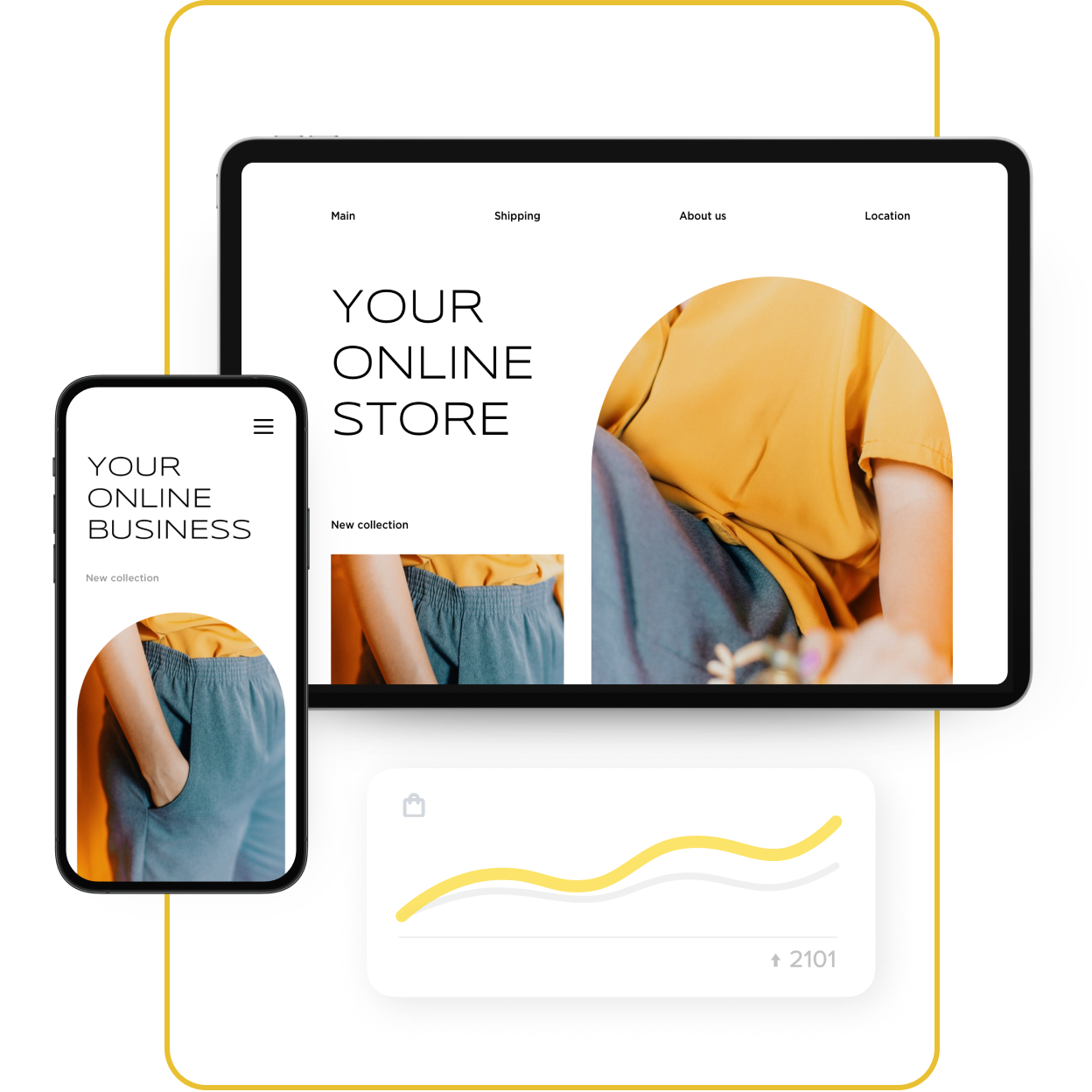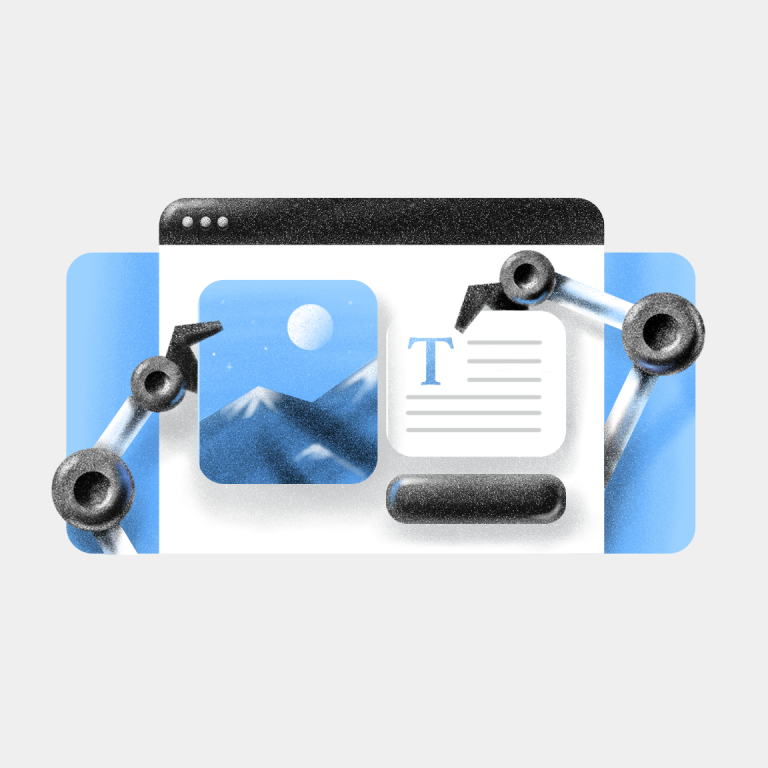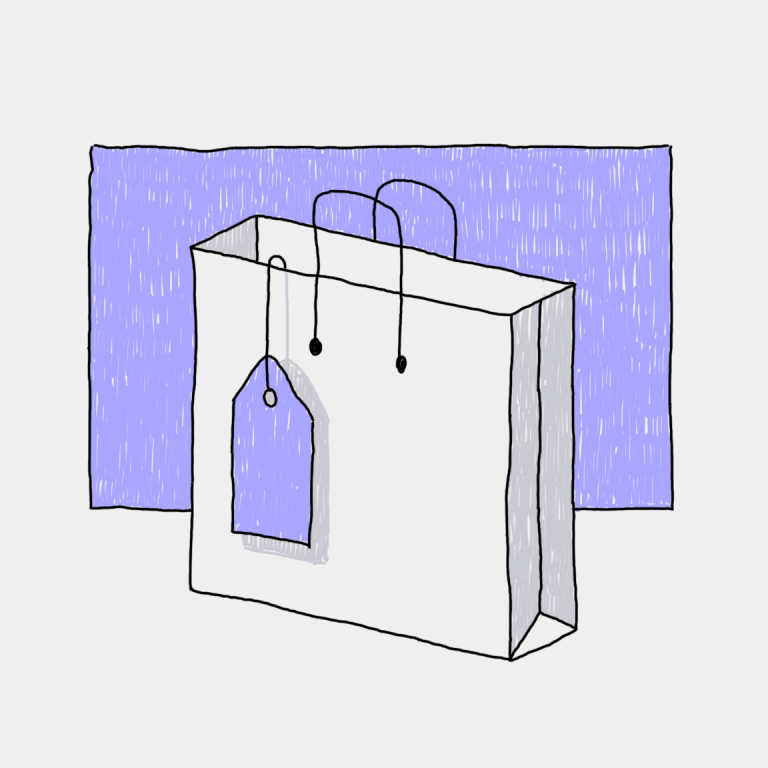The online space is a treasure trove of products, offering consumers an unparalleled variety.
However, this abundance can pose a challenge for ecommerce businesses. With a sea of competitors vying for consumer attention, standing out has become more critical than ever.
So, how can an ecommerce business rise above the competition?
There are numerous strategies, but one that holds immense potential is product packaging design. It’s not just a container for your product; it’s a strategic tool to set your brand apart.
The Value of Product Package Design
Let’s take a more
First, there is the matter of branding, which is one of the most critical parts of running a successful business of any type. Any business can create a product and put it on the market, but branding separates it from similar products. There are numerous examples of the powers of branding, such as Apple, Nike,
Consider this: when a customer is browsing for products, what is more likely to catch their eye, a generic cardboard box or a
Of course, there is also the consideration that customers may not always see the packaging when browsing for products online. In this case, they may be more drawn to the images of the product itself. However, when the product arrives in
Questions for Inspiring the Retail Product Packaging Design Process
So, where do we begin with retail product packaging design? The first step is to determine the answers to a few questions.
1. What is the product and its details?
The first question simply establishes the primary information about the product. The answer can include details like the size of the product, its material, whether it is delicate or fragile, and more. This question helps establish some of the packaging needs immediately.
For instance, more fragile products will need packaging that adequately protects them, and products with a unique shape may require a
2. Who is the audience?
The next step is determining the demographic that will buy and use the product. Is it primarily for a specific gender or age? Is it for those of a particular interest or group?
Determining this information provides crucial details for designing packaging that will appeal to the target audience.
For instance, if it is a feminine product, the packaging should probably include feminine colors. Or is the audience environmentally conscious, to the point that
In some cases, this may require surveying the target audience to determine what appeals to them and what drives them away. This offers direct information rather than assumptions.
3. What are the strengths and weaknesses of competitor packaging?
An excellent place to begin evaluating packaging do’s and don’ts is with competitors. Evaluate the packaging of successful competitors and what seems to appeal to customers.
Check out their product reviews to see what customers have said about their packaging, whether good or bad. This can help to inspire potential design points and identify bad product packaging design to avoid.
Design Points to Consider
Now, let’s look at some immediate product packaging design points to consider. These are especially critical for retailers with an established brand.
Product size and shape
The packaging should be designed to accommodate and protect the product adequately. It doesn’t do much good to have fancy packaging if the product rattles around in the box and gets damaged.
Logo
If the company has a logo currently in use or designed, this should be incorporated into the package design.
Colors
Colors can make all the difference when creating packaging, such as in the feminine products example above. Additionally, if the brand has its own dedicated color scheme, this can be used.
Copy
Copy is the words written on the packaging, a detail that requires ample attention. The copy should be
Remember to include
Imagery/Graphics
Are there any photos or graphics that should be included on the packaging? This can include images of the relevant audience or user, such as dogs on a dog treat bag. Don’t go overboard on imagery, as it can clutter up the design.
Should You Use AI Product Packaging Design?
The significant prominence of AI in recent years may lead some to consider using AI product packaging design.
However, there are some pros and cons to using this technology, so here is a brief rundown of factors to consider.
Pros of using AI
The largest benefit of using AI for design is that it can create designs and reiterations very quickly. It can also help to inspire the initial design and make redesign as simple as telling the AI what to change for a new version rapidly.
Cons of using AI
There are also a few downsides to AI.
Firstly, there is the ethical debate that has been center stage for AI art creation. AI does not actually create its own designs. Rather, it scrapes previous work done by designers, artists, and other creators from all over the internet. So, while this is currently completely legal and acceptable, it is potentially putting creators’ jobs and work at risk.
Additionally, AI isn’t perfect, and it can only do so much with the information it has, which can lead to silly mistakes or imperfections. A good example of this is the numerous pieces of AI art out there that show people with deformed hands or extra legs.
While these are blatant examples, they illustrate AI’s potential weaknesses. Even with the quick speed of AI iterations, a human eye will always be needed to evaluate the designs.

This is an example of how AI imagines Hot
Frequently Asked Questions
What should be included in product packaging design?
Every package design will be different, and the right factors can vary for each product.
However, some elements to consider during design include imagery, logo, product size and shape, colors, logo inclusion, and more. See above for the full details on each of these.
Can I use AI to design packaging?
The short answer is yes. AI can be great for creating quick designs and early iterations.
However, its weaknesses shine through in potential imagery errors and needing too many redesigns.
Should I hire a professional?
If there is no one experienced in design on your team, and the budget allows for it, hiring a professional package designer is an excellent idea. Their experience and insights can help to create the ideal packaging for any product quickly.
It can be tempting to attempt designing packaging yourself, even without experience. However, it may have negative results if the packaging doesn’t capture attention or properly hold the product.
- Ecommerce Packaging: Everything You Need To Know
- 5 Packaging Ideas That Will Make Your Business Stand Out
- Everything You Need to Know About Packaging Supply
- An Entrepreneur’s Guide to
Eco-Friendly Packaging - Product Packaging Design Basics for Online Retailers
- The Benefits of Custom Packaging for Any Online Store
- Benefits of
Frustration-Free Packaging - How to Track a Package: Never Lose Your Shipment
- How to Pack a Box for Shipping Properly
- How to Tape a Box for Shipping the Right Way
- Packing Tape: What is the Best Tape








